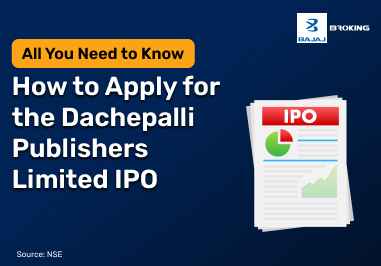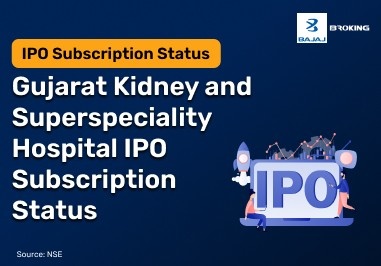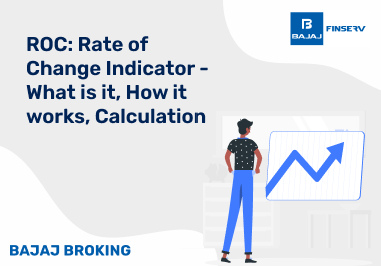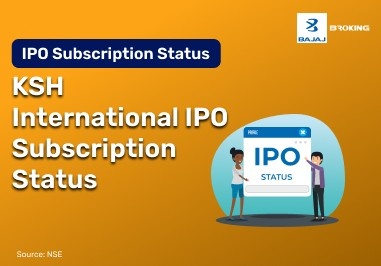If you’ve ever tracked gold prices or wondered why fuel costs rise and fall frequently, you’ve already experienced the effects of commodity pricing. Commodities like crude oil, wheat, sugar, or metals are traded globally, and their prices fluctuate based on several real-world and financial variables. As an Indian investor or someone engaged in sectors linked to raw materials, knowing how these prices are determined helps you plan better—whether for investment, procurement, or risk management. Commodity pricing is influenced by supply-demand dynamics, geopolitical developments, weather conditions, currency movements, and the role of commodity exchanges. These aren’t random price changes; they follow a structured mechanism. Understanding these pricing patterns gives you clarity on what drives cost increases, market movements, and trade behaviour. Whether you're trading directly or indirectly affected by commodity rates, this knowledge can help you take smarter decisions. In the following sections, we’ll explore how commodity prices work and what influences them.
What are Commodity Prices?
Commodity prices refer to the market value of raw materials or primary goods that are bought and sold on various exchanges. These commodities can be broadly classified into categories such as energy (like crude oil and natural gas), metals (like gold and copper), and agricultural products (like wheat and cotton).
These prices are determined by both global and domestic market forces, including supply and demand, macroeconomic trends, geopolitical developments, and weather conditions. In India, commodity prices are closely watched by businesses, investors, and policymakers due to their wide-reaching impact on inflation, trade balance, and economic performance.
For example, if you’re a manufacturer using palm oil or a jeweller working with gold, fluctuations in commodity prices directly affect your input costs and profitability. Even for retail investors, commodity prices are key indicators in inflation forecasting and investment diversification. These prices not only reflect economic health but also act as critical signals for policy and planning decisions.
Factors Influencing Commodity Prices
Commodity prices are rarely stable. They fluctuate due to a complex mix of factors. If you're involved in trading, manufacturing, or even long-term investing, understanding what affects these movements helps you anticipate changes and adjust your strategy accordingly.
Before you go through the list, consider how some of these factors may have impacted prices you regularly encounter—like fuel, food, or construction materials.
Global supply and demand
When demand exceeds supply, prices tend to rise. Conversely, excess supply often leads to price declines. Seasonal changes, consumption patterns, and global production levels all play a role.
Geopolitical events
Tensions in oil-producing regions or sanctions on mining exports can disrupt supply chains. This often leads to price surges due to anticipated or real shortages.
Weather and natural disasters
Droughts, floods, or hurricanes can severely affect agricultural output. This reduces supply and raises prices, especially in food-related commodities like grains or sugar.
Currency fluctuations
Commodities are typically priced in US dollars. A weaker rupee means Indian buyers pay more for imports, leading to higher domestic prices for crude oil or metals.
Government policies and tariffs
Export bans, import duties, and tax reforms can influence domestic availability and cost of commodities. Policy shifts affect trader expectations and pricing behaviour.
Speculative trading
Traders and investors also impact prices through futures and options contracts. Large volumes of speculative trading can cause short-term price spikes or drops.
Supply and Demand Dynamics in Commodity Pricing
Commodity pricing is fundamentally rooted in supply and demand. These two forces constantly interact to establish the market-clearing price. If you want to understand why prices rise or fall, this is often the first place to look.
Think about how a shortage of tomatoes during the rainy season or a bumper crop during harvest affects what you pay at the market. Now apply that to global commodities.
Production levels
Higher production increases supply, which can lower prices if demand doesn’t keep pace. In contrast, a poor harvest or mining slowdown can reduce supply and raise prices.
Consumption trends
Rising demand from industrial growth, population increase, or seasonal usage affects prices. Higher consumption with stagnant supply pushes prices upward.
Storage and inventory
Low inventory levels mean there’s less buffer during supply disruptions, which can lead to price volatility. Large stockpiles may ease pricing pressure.
Import and export activities
If a country increases exports of a certain commodity, domestic availability might reduce, pushing prices up. Conversely, a surge in imports can help stabilise or lower prices.
Technological changes in production
Efficiency in production can reduce costs and increase supply, leading to lower prices over time. Conversely, input shortages or outdated technology can increase production costs.
Role of Commodity Exchanges in Price Determination
Commodity exchanges serve as formal platforms where commodities are traded under standardised contracts. In India, major exchanges include MCX (Multi Commodity Exchange) and NCDEX (National Commodity and Derivatives Exchange). These exchanges are not just marketplaces—they are critical to transparent price discovery.
When you track live gold prices or crude oil futures, you’re essentially observing prices determined on these exchanges. Buyers and sellers place bids based on their expectations of future demand, supply, and macroeconomic indicators. The balance between buy and sell orders establishes the market price at that moment.
Commodity exchanges also factor in global benchmarks, such as Brent Crude for oil or COMEX Gold. These global references influence domestic prices, along with currency exchange rates. For Indian traders, MCX often mirrors international prices adjusted for rupee-dollar conversion and local taxes.
Additionally, exchanges play a role in regulation, quality grading, delivery standards, and clearing of trades. This helps reduce counterparty risk and ensures price integrity. Understanding how these exchanges operate allows you to better assess fair value and make informed buying or selling decisions.
Conclusion
Commodity pricing is influenced by a wide range of global and local factors. From supply-demand imbalances and currency movements to geopolitical events and exchange activity, each component contributes to the final price you see on a trading screen or market report. As an investor or industry participant, understanding how commodities are priced helps you navigate volatility, plan better, and make more strategic financial decisions. Rather than being surprised by price shifts, you’ll be able to trace their cause and act accordingly.














